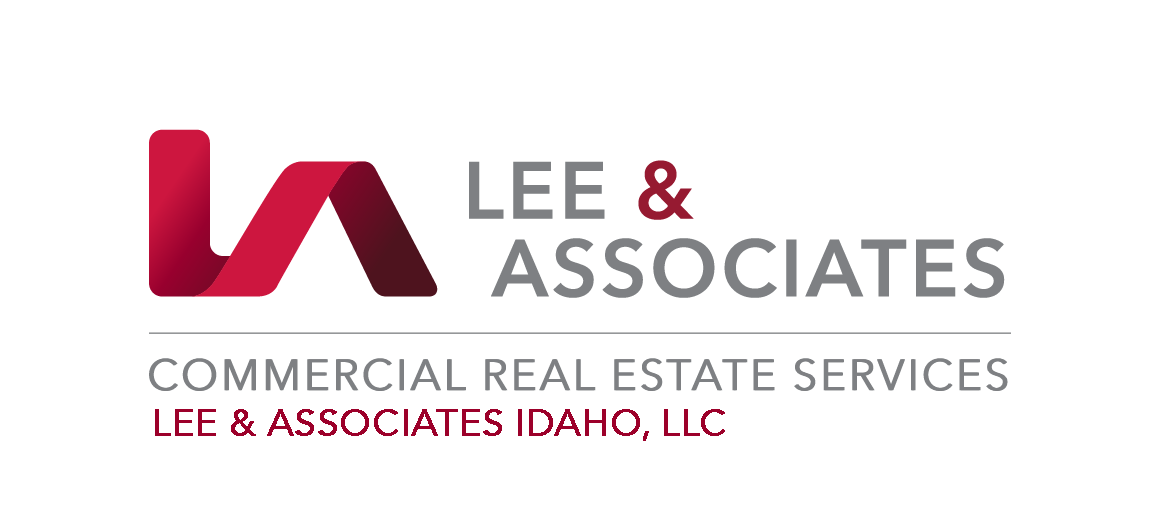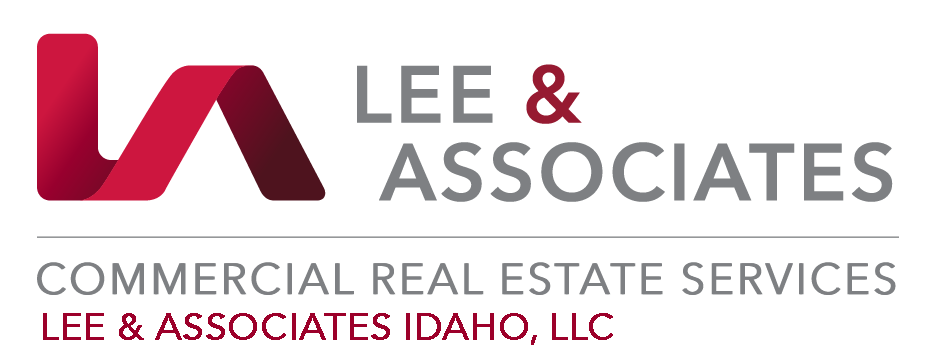2020 Goals
It is that time of year when many people begin thinking about what they would like to achieve in 2020. Maybe you are a person who regularly sets goals, maybe not. Setting goals is a great way to provide direction, and gain clarity on what you would like your achievements to be in the future. Below are some tips that may help you have success in setting goals, regardless of whether you do this each year, or if this is your first time.
Perspective Matters
Goal setting can be a difficult or an easy exercise depending on your perspective. There are generally three perspectives on goal setting. There are those that do not like setting goals, because if they do not reach them, they are disappointed. They would then have to face the reason why their goals were not met. Then there are those people who set goals each year faithfully. They review why they did or did not make their goals, and make adjustments the next year to have increased success. Third, there are those who are new at setting goals, and just beginning the journey of goal setting. Try thinking positive, and reviewing why goal setting would be beneficial rather than fearing the outcome.
Self-Assessment
In order to set goals and be successful in achieving them, some honest self-assessment needs to take place. This can be difficult, it is never easy to evaluate yourself, or your successes and failures. It actually kind of hurts to see where you have failed, and where you need to improve both personally and professionally. Okay, maybe it hurts a lot, but you are not benefiting yourself being in denial or ignoring problems. Evaluating your failures is the first step in setting realistic goals. If you cannot honestly evaluate why you have failed previously, or where you need to change, the same mistakes will be repeated in the coming year. If you have never set goals for yourself, and are just beginning this journey, self-evaluation is still important in order to have an accurate insight and the ability to adjust behaviors so you will have increased success.
Evaluation
Evaluate your goals from last year if you set them. Did you reach your goals? If not ask yourself why, and if so, what or who is that credited to. Thinking through and evaluating how you met your current goals, or why you didn’t may take some time. There are some questions to ask yourself: Am I responsible for not meeting some of the goals, if not how can I take responsibility, What can I do better, What did I actually achieve, and What do I want to achieve in 2020? This process is a little different than the self-assessment, it is more objective and less personal. The self-assessment is evaluating more of how did I do rather than how did my business do. It is important to reserve a decent amount of time to reflect and document your successes as well as failures.
Timing
Generally, people set goals either prior to the beginning of the new year or. This is definitely a good time, but there are other times throughout the year that goal setting may need to take place. Some examples are, starting a new job, moving to a new area, being promoted, starting a new business, or other major changes in life.
Modify Regularly
It is important to review your goals at least once per month. However, it is best to review them more often to keep your focus and motivation. Write out enough detail in your goals so when you review the document you can easily see if you are on track. Be as detailed as possible when documenting your goals so you know if you are on the path to achieving them.
Short & Long Term
One other important aspect of goal setting is writing short term goals down. You need to write them down for the year, the month, the week and even days sometimes. With all the busyness that we get wrapped up in, it is important to remain focused. Sometimes this requires a micro approach, and goal setting day to day to accomplish the bigger picture. Planning your daily goals at the end of each day helps you prioritize properly, and focus on what needs to be accomplished. Derailment usually happens hour by hour and then before you know it a month has passed. Remember keep focused daily to keep on track with your yearly and monthly goals.
We wish you good luck in goal setting for 2020!
Original post from Lee & Associates Idaho, LLC







